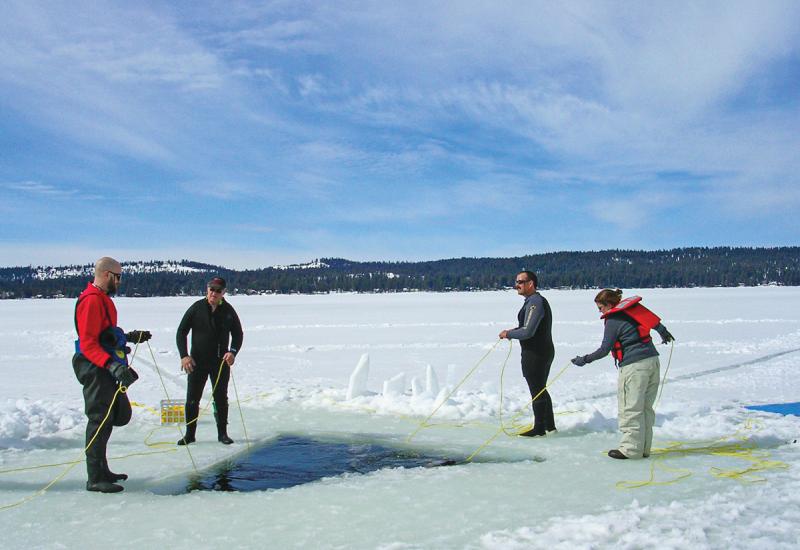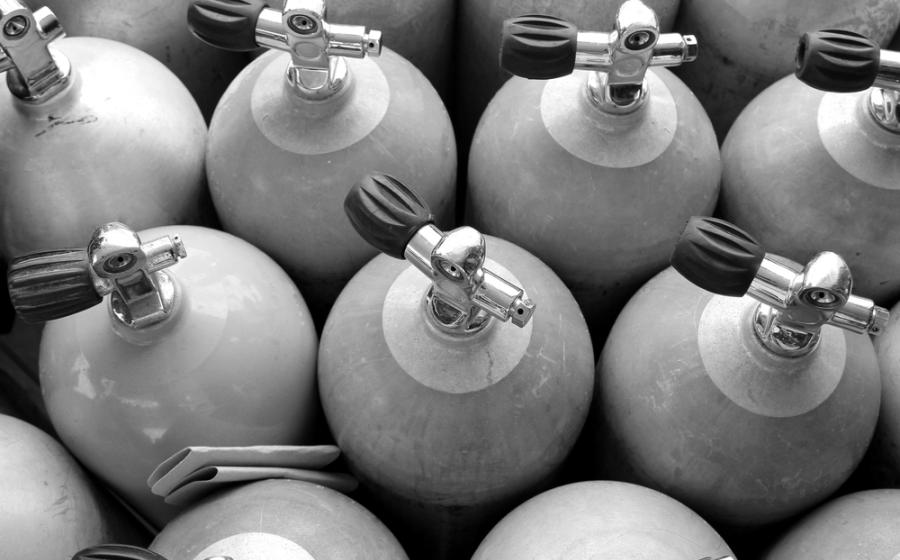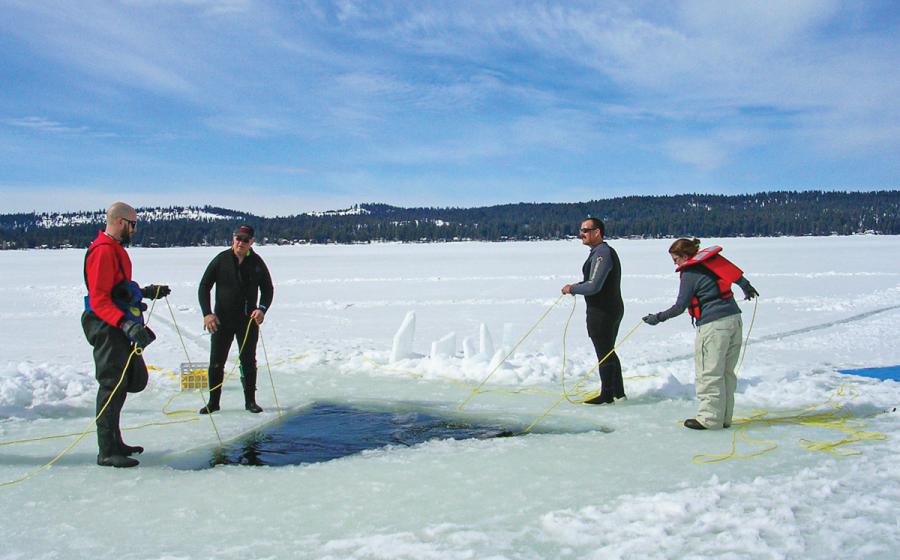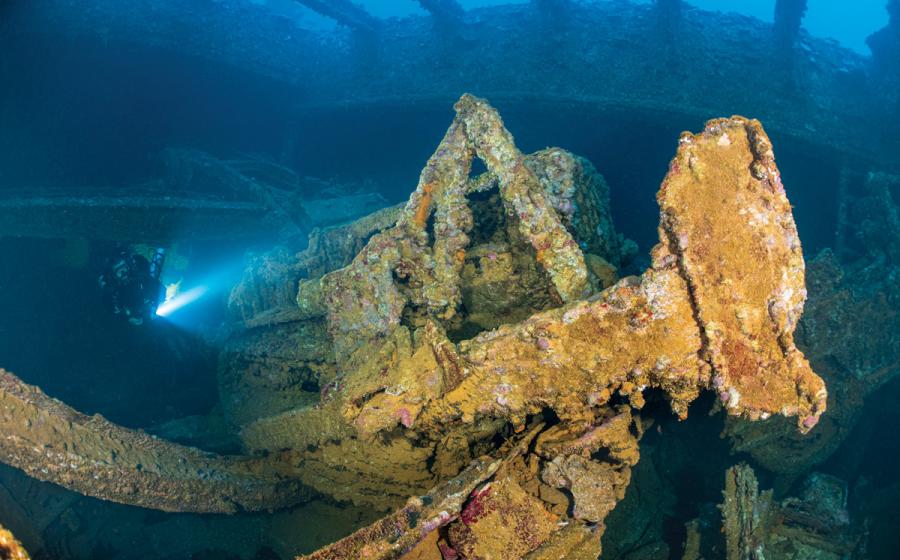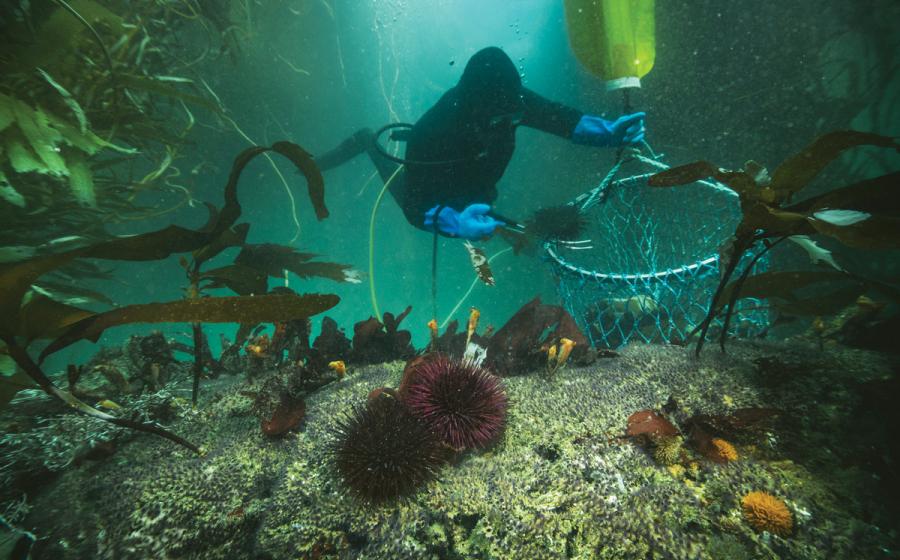ASK DAN: How Can I Manage Diving-Related Skin Issues?
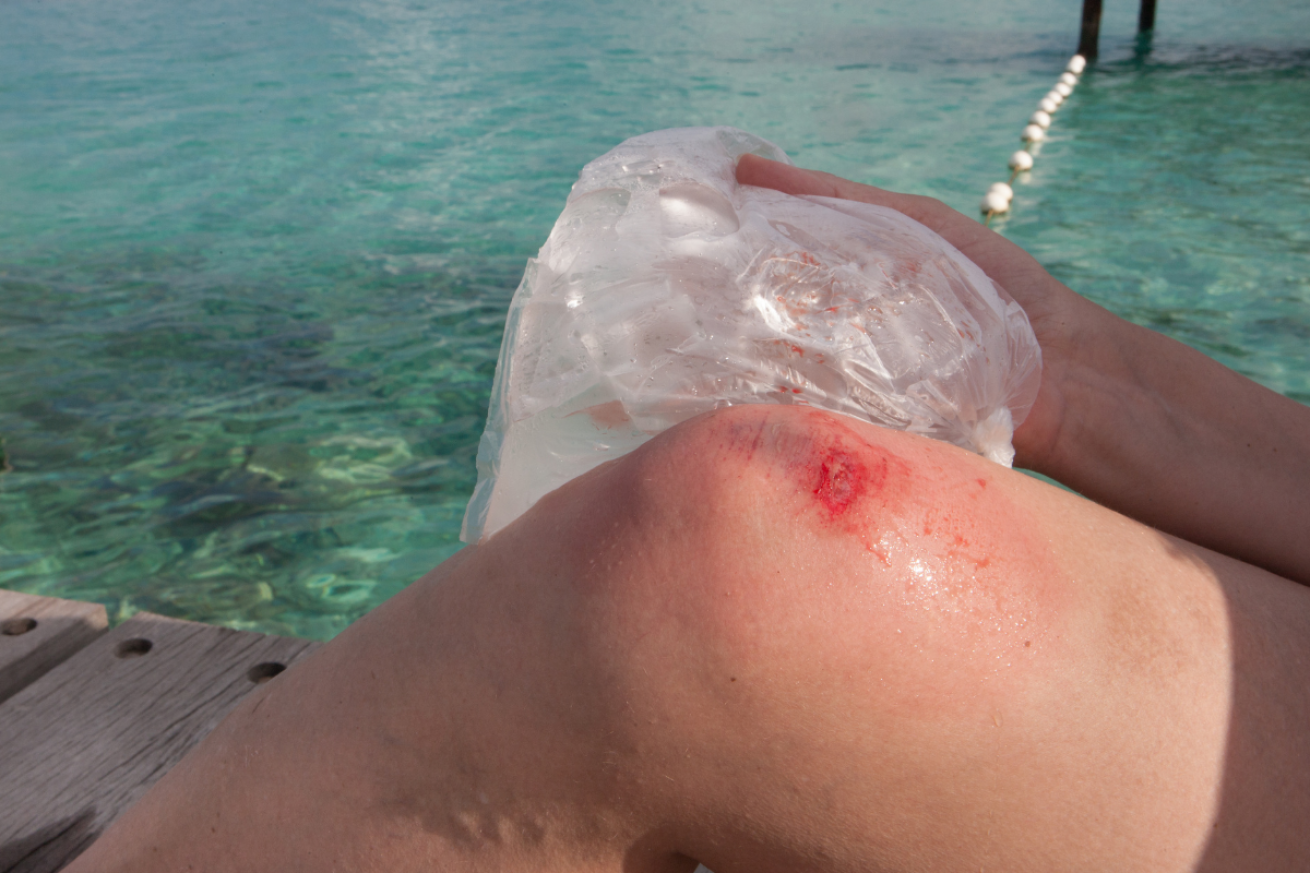
Courtesy of DANA proactive mindset will help ensure you aren’t caught off guard by seemingly minor irritations.
Divers put a lot of thought into preparing for emergencies, but it’s often the mundane and seemingly simple problems that interrupt dive trips or impair your ability to enjoy them. Dive gear, seawater and marine organisms are all capable of causing itchy or irritated skin. Prepare for minor annoyances to keep them from becoming major problems.
SEABATHER’S ERUPTION
Often called “sea lice,” seabather’s eruption is a term for itchy bumps that result from contact with thimble jellyfish larvae or the larvae of other organisms with nematocysts (stinging cells).
Sunscreen, sand, sweat, sun and seawater can all irritate the skin, but stinging bumps that appear in covered areas of the body, especially at the cuffs or edges of swimwear, during or soon after exposure to seawater, may be seabather’s eruption.
Treat seabather’s eruption just as you would a jellyfish or fire-coral sting: Rinse the area with vinegar, and apply heat to help relieve symptoms if the itching or discomfort is unbearable. Wash the affected area and keep it clean and dry to promote healing. In severe cases, a doctor might prescribe an antihistamine or a steroid. The only practical prevention is avoidance; local dive centers may be able to inform you when these organisms are present. True sea lice are fish parasites, and don’t cause this condition.
BLISTERS
Prevent friction blisters before they occur by addressing hot spots—the precursors of blisters. Cover hot spots with moleskin (a commercially available product used for blister care) or medical tape to reduce friction. Use scissors to round the edges of the moleskin or tape before application to prevent sharp corners, which are more prone to peeling.
If a blister has already appeared, make a moleskin (one or more layers thick) or Molefoam (a thicker version of moleskin) “doughnut”—a circle with a smaller circle cut out—to reduce friction on the blister.
If possible, leave blisters intact—resist the temptation to break them. Intact blisters heal more quickly. However, sometimes it will be impossible to leave a blister as is. In these situations, use a sanitized needle or sharp blade to make a puncture or small incision at the blister’s edge. Add a little antibiotic ointment and cover just as you would any other small, superficial wound. It’s difficult to get tape to adhere to skin in wet environments, so use tincture of benzoin, a medical adhesive available at many drug stores.
INFECTED WOUNDS
Scratches, insect bites, broken blisters and other wounds are common in diving environments, and they may be more prone to infection than when they occur at home.
The acronym SHARP can help you assess whether a wound is getting infected. SHARP stands for Swelling, Heat, Aches/pains, Redness and Pus. Each of these signs or symptoms can be mild or severe. Any signs or symptoms of a severe infection (fever, soreness, red streaks, etc.) should be considered a medical emergency and require immediate medical attention.
The best way to keep wounds from getting infected is to clean them thoroughly right after they occur, dress and bandage them, and change the dressings daily. If signs of infection appear, clean the wound, apply moist heat (as hot as the patient can tolerate) every four to six hours, and change the dressings multiple times per day. Give over-the-counter pain medication such as ibuprofen, and promote rest and hydration. If symptoms of infection do not respond promptly to available treatment, get the diver medical attention as soon as possible. As with major medical problems, preparation and prevention are the best methods of managing the small stuff. A proactive mindset will help ensure you aren’t caught off guard by seemingly minor irritations.
For more information, visit dan.org

